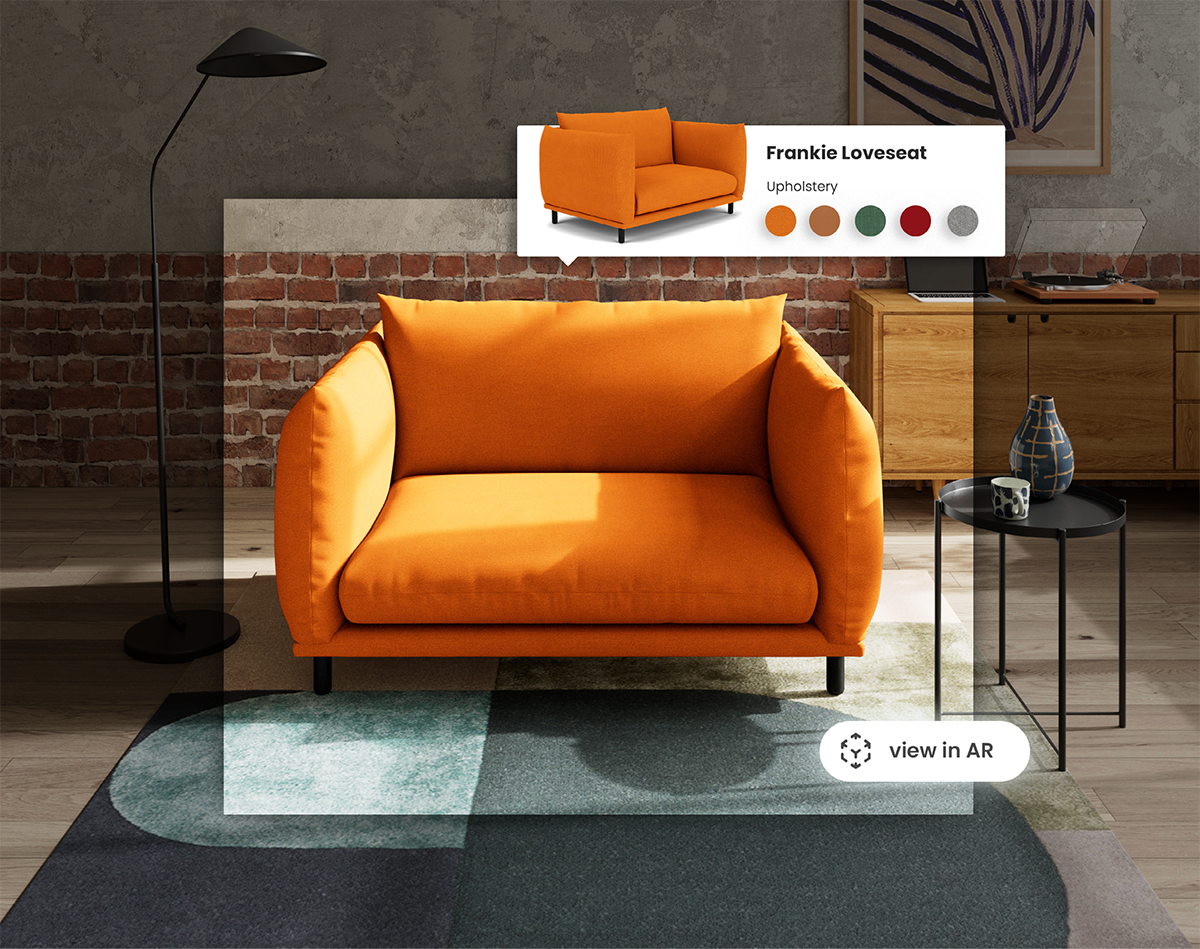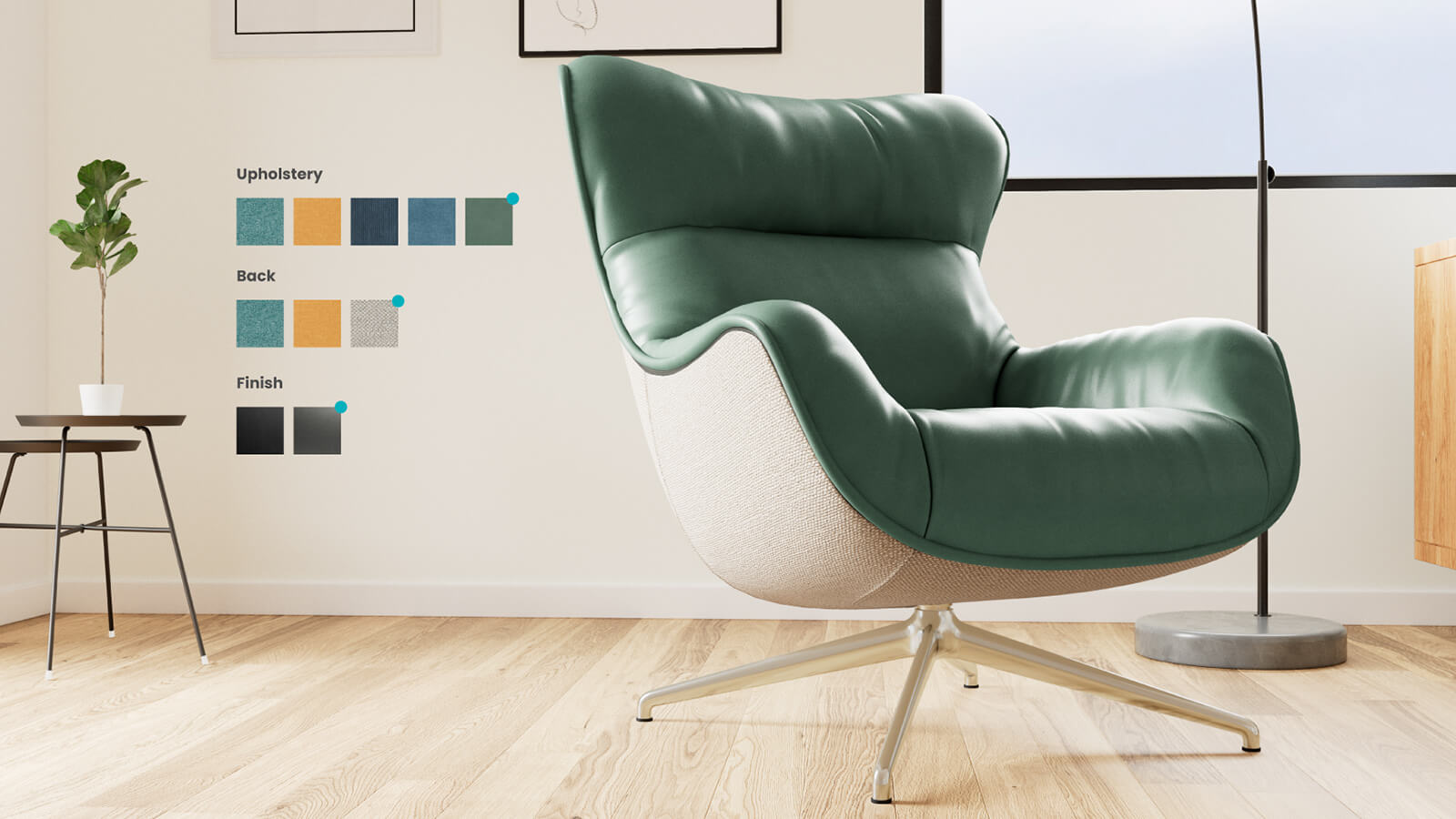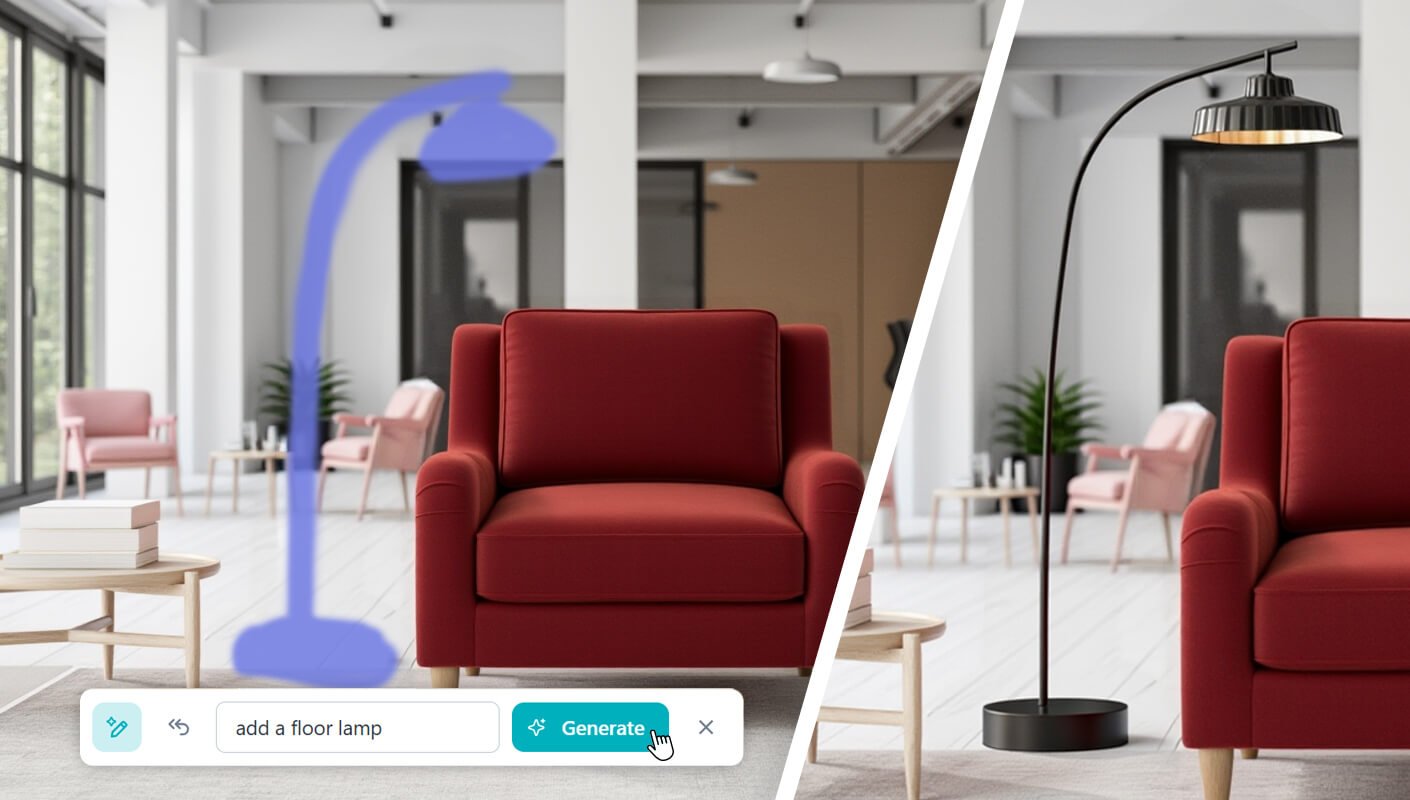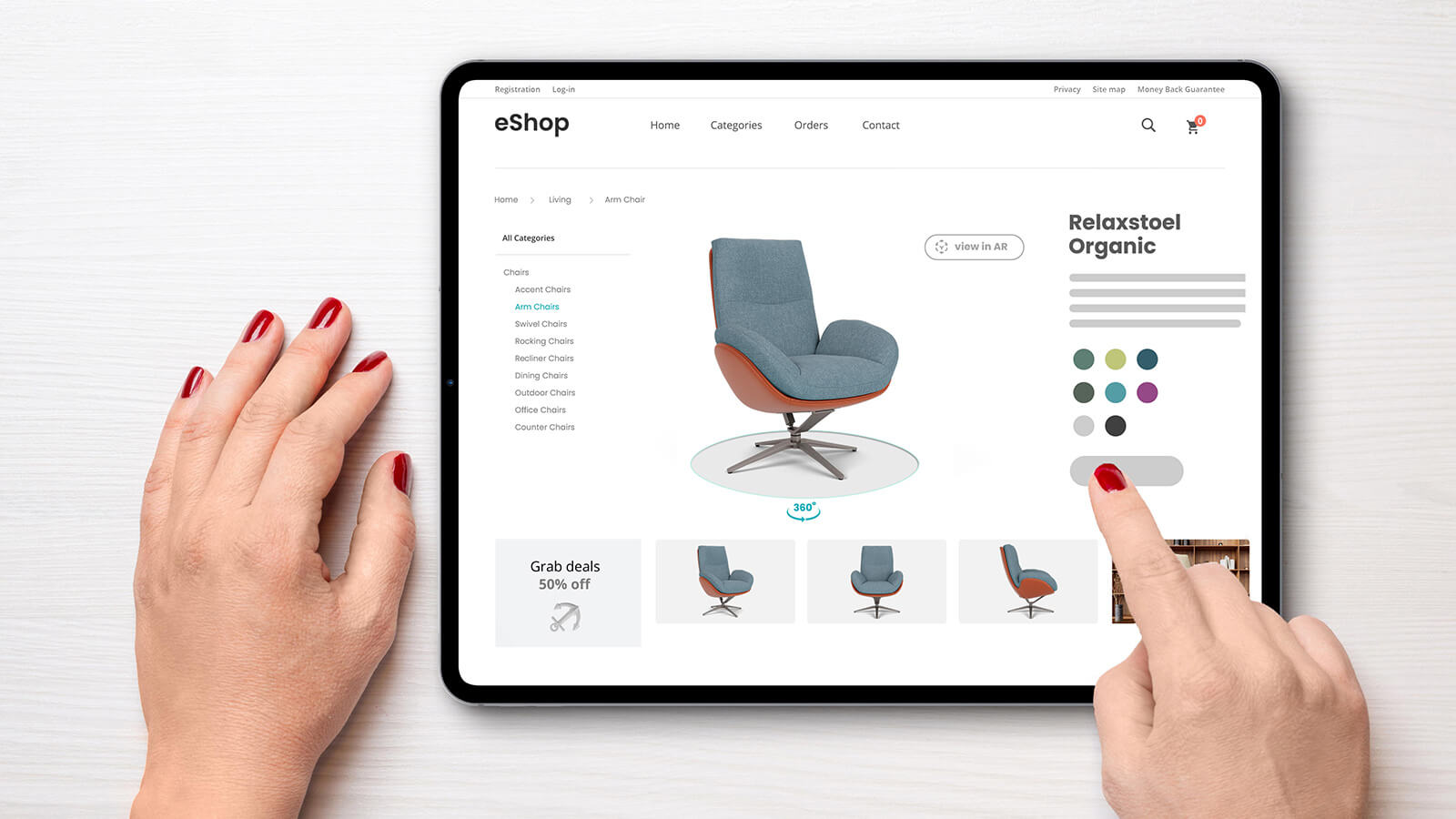Key Points:
-
3D Customization Solves the Conversion Killer (Uncertainty): For complex products, customer hesitation kills conversions because shoppers can't physically examine the final item. Customization, rooted in the IKEA Effect, transforms passive browsing into active ownership, building emotional connection and eliminating the critical psychological barrier of "will it look how I imagine?".
-
High-Fidelity 3D is Essential for Trust: Moving beyond basic 2D swatch pickers, successful eCommerce relies on photorealistic, interactive 3D product visualization. This advanced approach allows shoppers to dynamically explore every detail, material texture, and configuration in real-time, building the trust required for confident purchasing decisions and enabling next-generation features like Augmented Reality (AR).
-
Measurable Impact on the Bottom Line: Interactive 3D customization directly drives profitability through a "trifecta" of sales metrics: it significantly increases Conversion Rates (up to 40%), boosts Average Order Value (AOV) by encouraging upsells, and substantially Reduces Return Rates by ensuring customers know exactly what to expect upon delivery.
For eCommerce brands selling complex, configurable products — from furniture and décor to jewelry and automotive — one of the biggest hurdles is customer hesitation. Shoppers can’t touch or see the final version of what they’re buying, and uncertainty kills conversions.
That’s where product customization comes in. Giving shoppers the ability to configure products to their liking doesn’t just enhance engagement, it removes doubt entirely. But the method of customization is what separates successful brands from the rest.
Today’s high-performing eCommerce experiences rely on photorealistic, interactive 3D experiences, not outdated 2D swatch pickers. A static image can’t capture texture, scale, or realism. But with 3D product visualization software, customers can explore products dynamically by changing colors, materials, and configurations while seeing every update in real time.
In this article, we’ll explore the psychology behind customization, the advantages of advanced 3D visualization, and the measurable impact on conversions, average order value, and customer satisfaction.
The Psychology of Customization: Why It Works
Humans love what they help create. This is the foundation of the IKEA Effect, a well-documented psychological phenomenon showing that people assign greater value to items they’ve customized or built themselves. When a shopper invests time in designing their perfect sofa or dining set, they’re not just choosing a product — they’re creating something uniquely theirs.
Product customization transforms the online shopping journey from passive browsing to active participation. It eliminates the biggest psychological barrier in online retail: uncertainty. The question “Will it look how I imagine?” becomes “I know exactly how it looks because I made it.”
That shift builds emotional connection and confidence. Customers move from being observers to owners. They’re no longer buying a sofa; they’re buying my sofa.
This sense of authorship drives conversion intent. When shoppers feel ownership before they’ve even checked out, they’re more likely to complete the purchase and less likely to suffer from buyer’s remorse later.
For eCommerce leaders, understanding this psychology is key to turning customization from a novelty into a strategic advantage.

The 3D Advantage: Moving Beyond Simple Configurators
Basic 2D configurators once served their purpose, but in today’s competitive market, they fall short. Swapping out small fabric thumbnails or static renders doesn’t deliver the realism customers expect. It’s also a missed opportunity to show the richness of materials, light, and form that drive premium purchases.
Enter high-fidelity 3D product visualization services. Platforms like Cylindo’s take customization to a new level of immersion. Shoppers can rotate, zoom, and explore products from every angle — watching every detail update instantly as they select finishes, fabrics, or hardware.
This kind of interactivity is more than visual polish, it’s essential for trust. When customers see their personalized product represented photorealistically, they can make confident buying decisions.
In addition, advanced visualization unlocks next-generation experiences like Augmented Reality (AR) room views, where shoppers can see their customized product in their own space before purchasing. It’s a bridge between imagination and reality that boosts engagement and reduces uncertainty.
For complex categories like furniture, home décor, or modular design, no other approach can handle thousands of configuration combinations at scale. Only enterprise-grade 3D visualization software ensures speed, consistency, and accuracy — making customization seamless for the customer and manageable for the retailer.
🚀Free e-book: 9 Trends for Furniture E-Commerce Success in 2025 and Beyond

How Customization Skyrockets Sales Metrics
The numbers tell the story: interactive product customization drives measurable growth across every key sales metric.
1. Higher Conversion Rates:
Shoppers who engage with a configurator are statistically more likely to buy. Studies across multiple verticals show that interactive visualization can increase conversion rates by up to 40%.
Seeing exactly what they’re getting removes hesitation and pushes them confidently toward checkout.
2. Increased Average Order Value (AOV):
Customization naturally encourages upselling. When shoppers can see premium fabrics, upgraded materials, or additional features rendered in lifelike 3D, they better understand the value of the higher-priced options.
Many Cylindo clients report notable AOV lifts after integrating 3D configurators into their eCommerce experiences.
3. Reduced Return Rates:
Returns are one of the most expensive challenges in online retail. But when customers can view and interact with their exact configuration in realistic 3D or AR, they know what to expect upon delivery. That clarity significantly reduces costly returns and improves post-purchase satisfaction.
This trifecta — higher conversion, higher order value, and fewer returns — translates directly into increased profitability.
In other words, customization doesn’t just enhance the shopping experience; it directly impacts the bottom line.
The Bottom Line: 3D Customization Is the Future of eCommerce
Product customization is no longer a luxury feature for forward-thinking brands — it’s a requirement for competing in complex product categories.
As consumers grow more accustomed to personalization, they expect brands to deliver control, clarity, and creativity. The retailers that win will be those who bridge the gap between imagination and reality using best-in-class 3D visualization.
With Cylindo’s 3D product visualization software, furniture and home décor retailers can scale customization effortlessly, providing customers with photorealistic visuals, real-time updates, and seamless integration into any eCommerce platform. Book a demo today!



